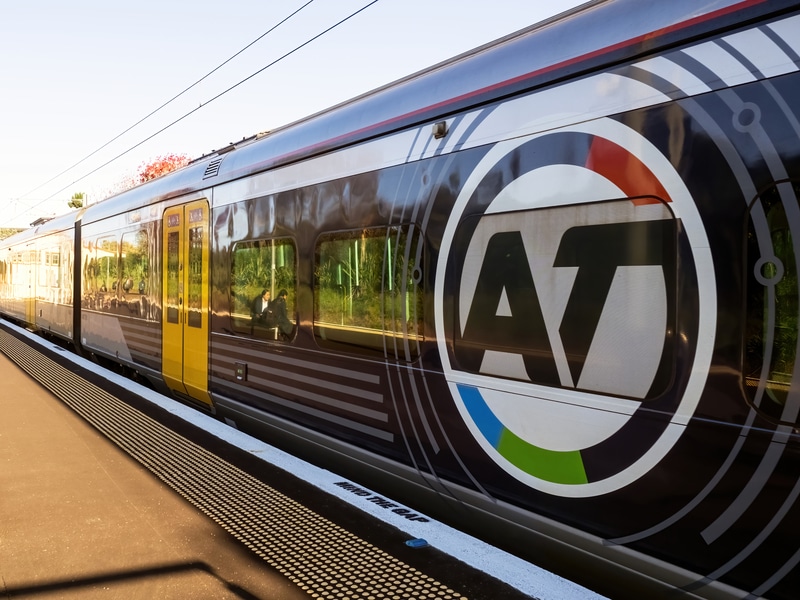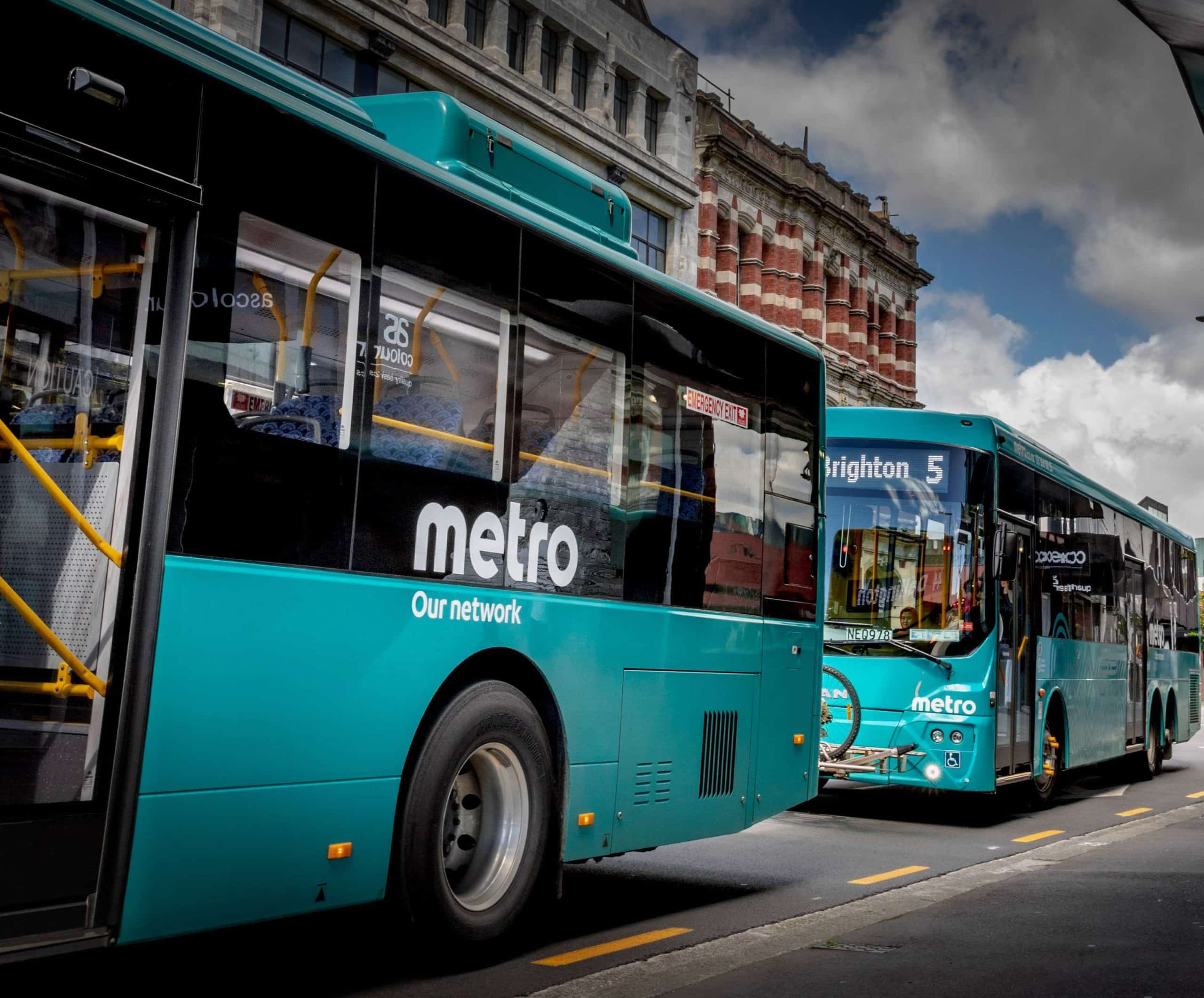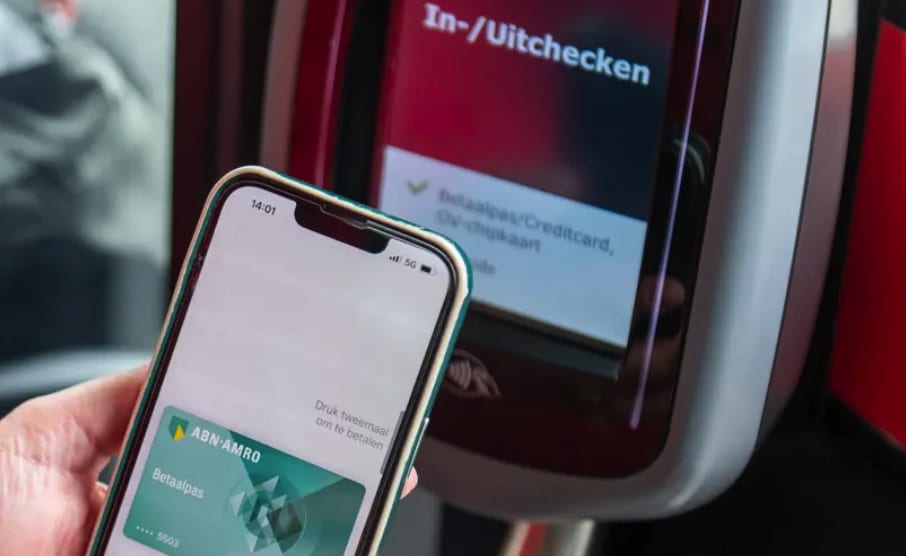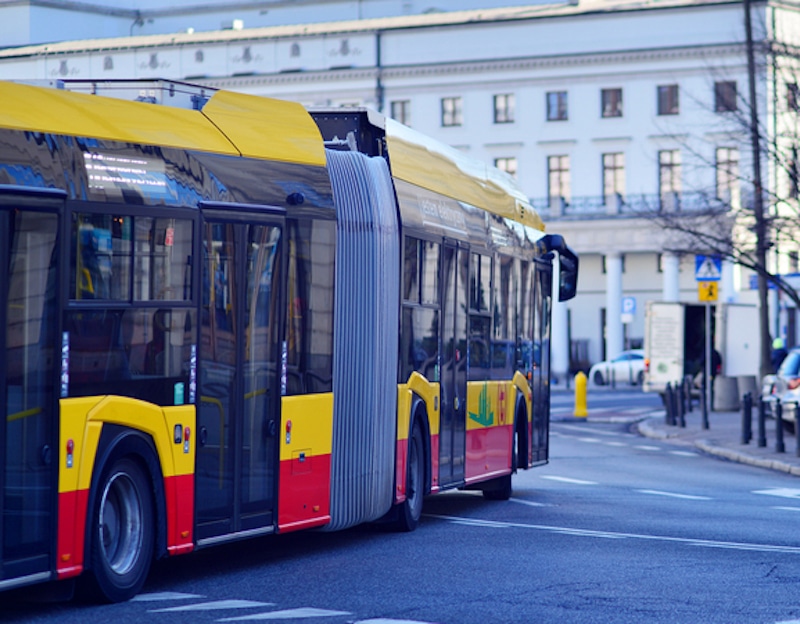
Article Highlights
New Zealand provides a test for whether a national government can effectively roll out open-loop payments nationwide.
NZTA awarded the 15-year, NZ$1.39 billion (US$865.7 million) contract to U.S.-based Cubic. Officials chose Cubic over France-based Thales and INIT of Germany, though Cubic’s bid was higher than one or both of the other suppliers, said a source.
• AT (Auckland)
• NZTA (New Zealand)
• Thales
• Cubic
Auckland Transport, New Zealand’s largest transit authority, plans to roll out open-loop payments for all of its buses, trains and ferries next year using validators and other technology supplied by its incumbent vendor, Thales.


















